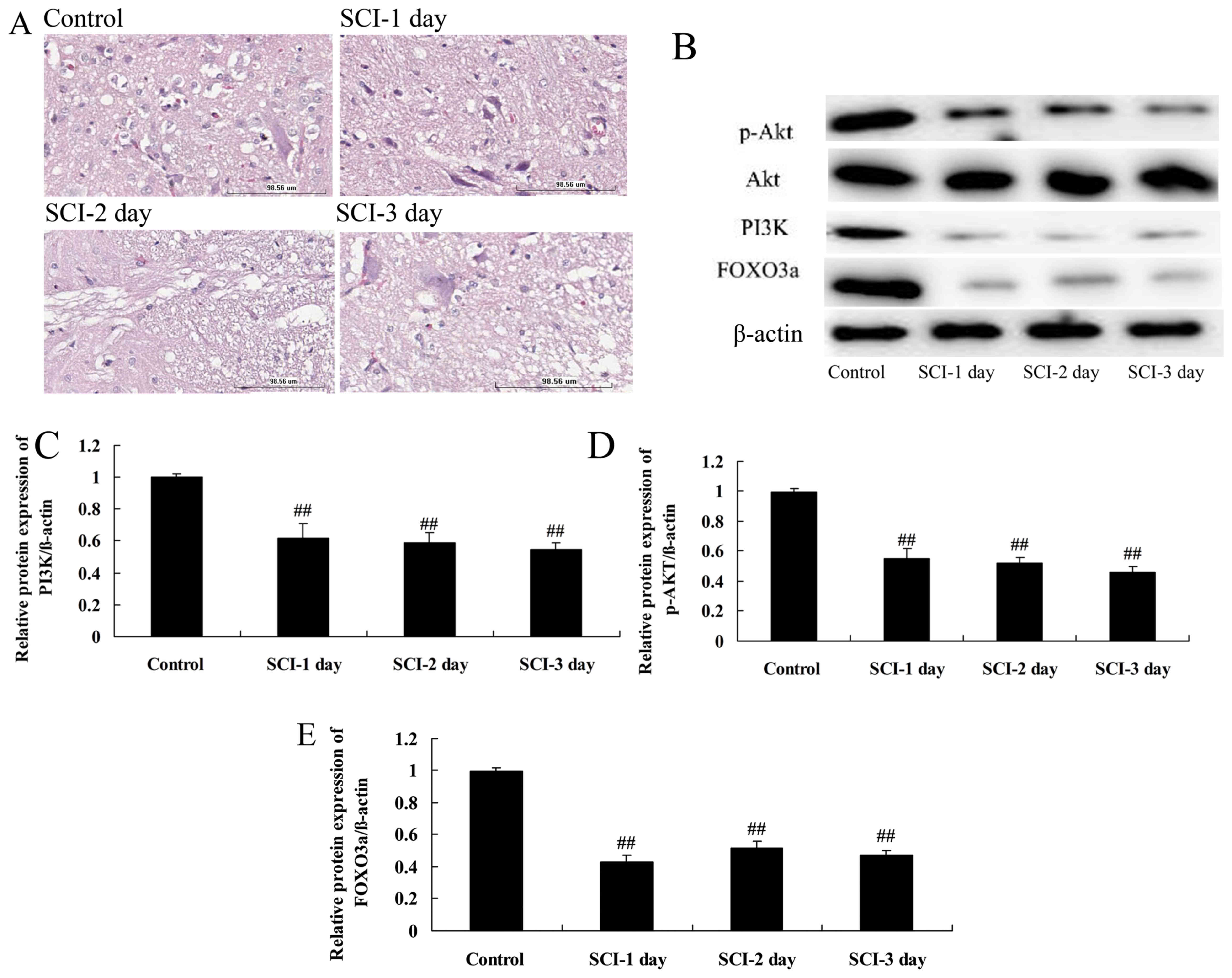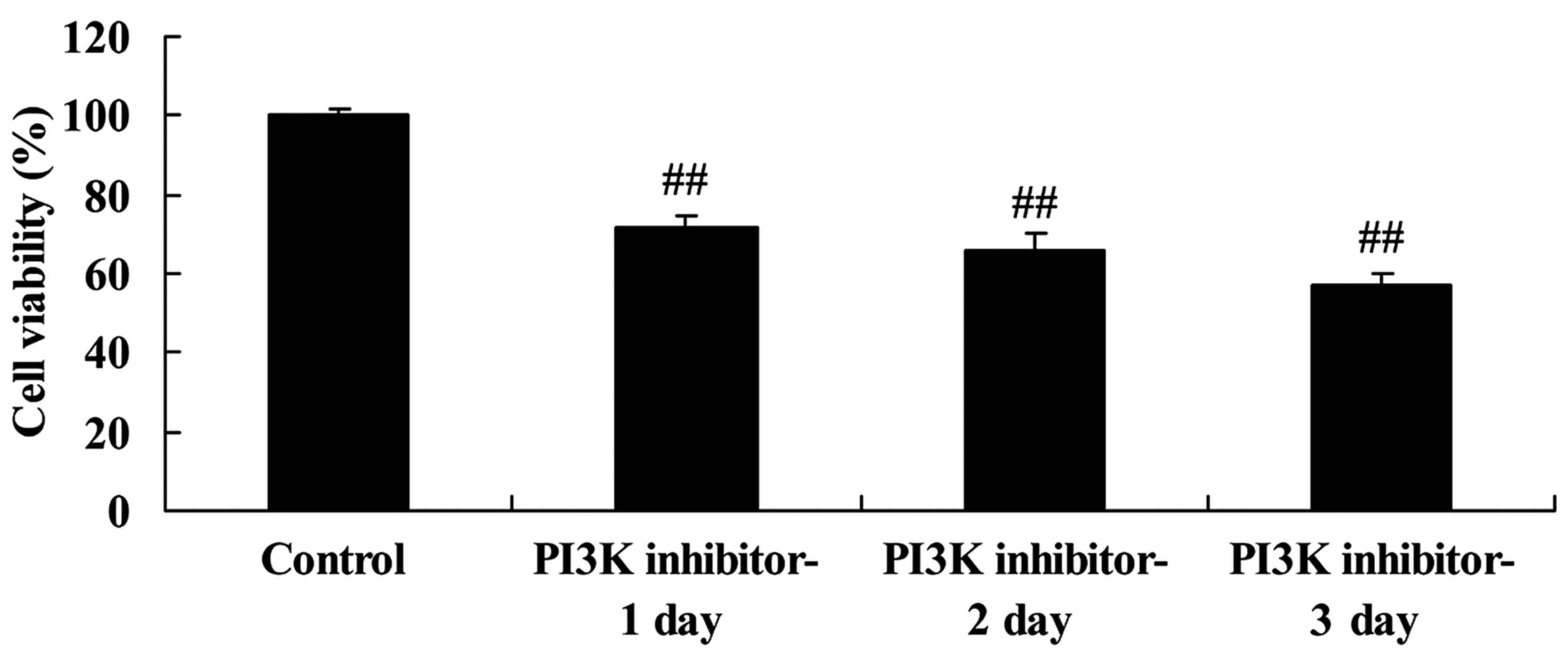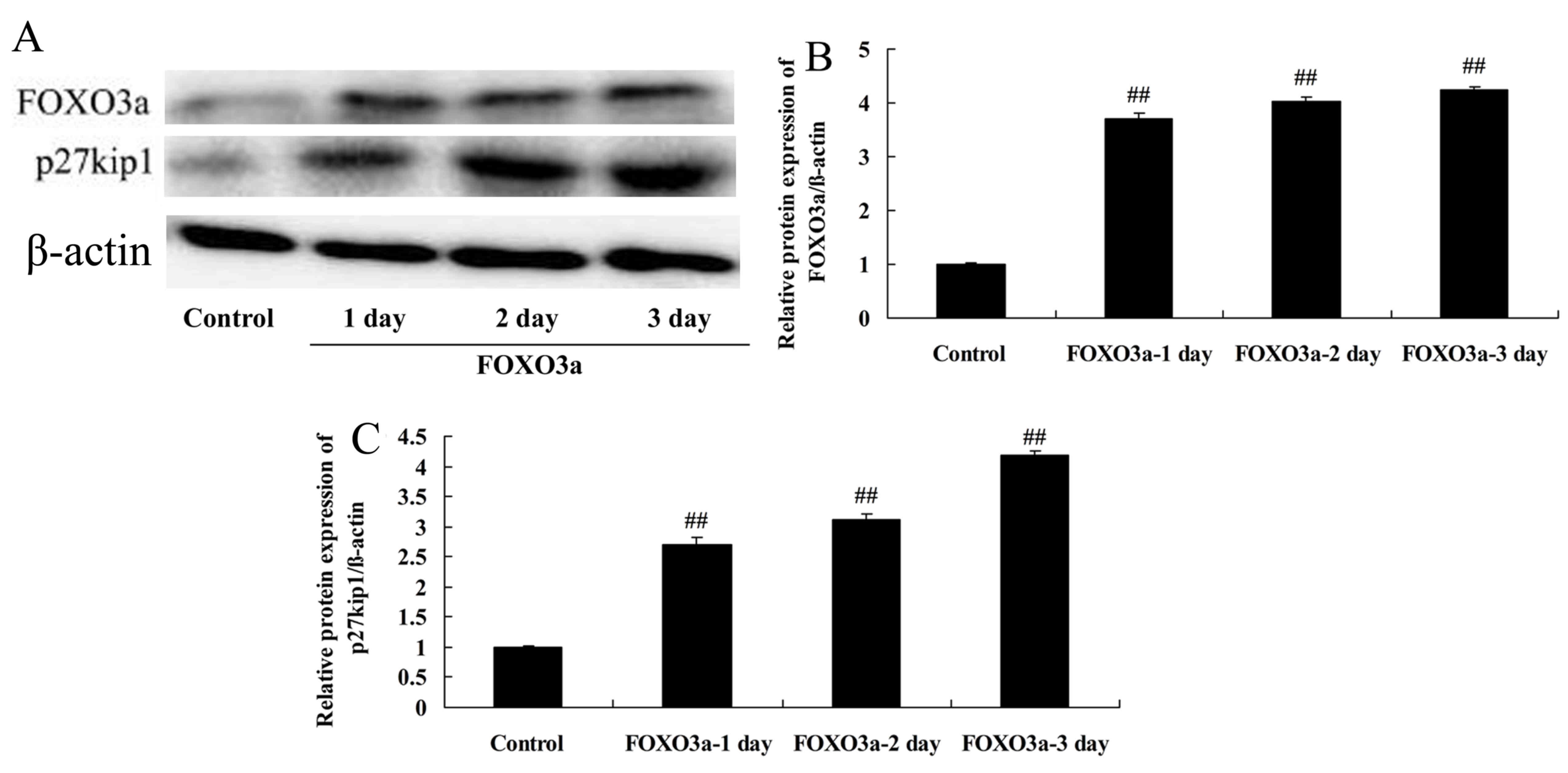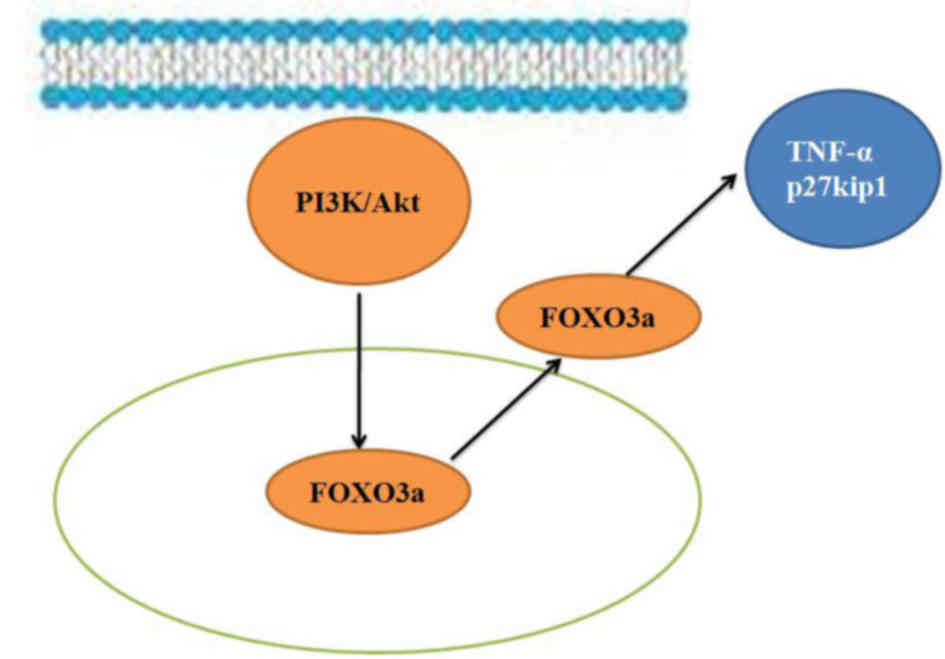|
1
|
Pramodhyakul W, Wattanapan P,
Siritaratiwat W, Eungpinichpong W and Amatachaya S: Immediate
effects of obstacle crossing training in independent ambulatory
patients with spinal cord injury. Spinal Cord. 51:379–383. 2013.
View Article : Google Scholar : PubMed/NCBI
|
|
2
|
Theiss RD, Hornby TG, Rymer WZ and Schmit
BD: Riluzole decreases flexion withdrawal reflex but not voluntary
ankle torque in human chronic spinal cord injury. J Neurophysiol.
105:2781–2790. 2011. View Article : Google Scholar : PubMed/NCBI
|
|
3
|
Totosy de Zepetnek JO, Pelletier CA, Hicks
AL and MacDonald MJ: Following the physical activity guidelines for
adults with spinal cord injury for 16 weeks does not improve
vascular health: A randomized controlled trial. Arch Phys Med
Rehabil. 96:1566–1575. 2015. View Article : Google Scholar : PubMed/NCBI
|
|
4
|
Saberi H, Derakhshanrad N and Yekaninejad
MS: Comparison of neurological and functional outcomes after
administration of granulocyte-colony-stimulating factor in
motor-complete versus motor-incomplete postrehabilitated, chronic
spinal cord injuries: A phase I/II study. Cell Transplant. 23(Suppl
1): S19–S23. 2014. View Article : Google Scholar : PubMed/NCBI
|
|
5
|
Jung SY, Kim DY, Yune TY, Shin DH, Baek SB
and Kim CJ: Treadmill exercise reduces spinal cord injury-induced
apoptosis by activating the PI3K/Akt pathway in rats. Exp Ther Med.
7:587–593. 2014. View Article : Google Scholar : PubMed/NCBI
|
|
6
|
Zheng B, Ye L, Zhou Y, Zhu S, Wang Q, Shi
H, Chen D, Wei X, Wang Z, Li X, et al: Epidermal growth factor
attenuates blood-spinal cord barrier disruption via PI3K/Akt/Rac1
pathway after acute spinal cord injury. J Cell Mol Med.
20:1062–1075. 2016. View Article : Google Scholar : PubMed/NCBI
|
|
7
|
Felix MS, Bauer S, Darlot F, Muscatelli F,
Kastner A, Gauthier P and Matarazzo V: Activation of Akt/FKHR in
the medulla oblongata contributes to spontaneous respiratory
recovery after incomplete spinal cord injury in adult rats.
Neurobiol Dis. 69:93–107. 2014. View Article : Google Scholar : PubMed/NCBI
|
|
8
|
Guzen FP, de Araújo DP, Lucena EE, de
Morais HH, Cavalcanti JR, do Nascimento ES Jr, Costa MS and
Cavalcante JS: Effect of FGF-2 and sciatic nerve grafting on ChAT
expression in dorsal root ganglia neurons of spinal cord transected
rats. Neurosci Lett. 616:43–48. 2016. View Article : Google Scholar
|
|
9
|
Allodi I, Mecollari V, González-Pérez F,
Eggers R, Hoyng S, Verhaagen J, Navarro X and Udina E: Schwann
cells transduced with a lentiviral vector encoding Fgf-2 promote
motor neuron regeneration following sciatic nerve injury. Glia.
62:1736–1746. 2014. View Article : Google Scholar : PubMed/NCBI
|
|
10
|
Adeeb N and Mortazavi MM: The role of FGF2
in spinal cord trauma and regeneration research. Brain Behav.
4:105–107. 2014. View
Article : Google Scholar : PubMed/NCBI
|
|
11
|
Zhang S, Huan W, Wei H, Shi J, Fan J, Zhao
J, Shen A and Teng H: FOXO3a/p27kip1 expression and
essential role after acute spinal cord injury in adult rat. J Cell
Biochem. 114:354–365. 2013. View Article : Google Scholar
|
|
12
|
Qin W, Pan J, Wu Y, Bauman WA and Cardozo
C: Protection against dexamethasone-induced muscle atrophy is
related to modulation by testosterone of FOXO1 and PGC-1α. Biochem
Biophys Res Commun. 403:473–478. 2010. View Article : Google Scholar : PubMed/NCBI
|
|
13
|
Léger B, Senese R, Al-Khodairy AW, Dériaz
O, Gobelet C, Giacobino JP and Russell AP: Atrogin-1, MuRF1, and
FoXO, as well as phosphorylated GSK-3beta and 4E-BP1 are reduced in
skeletal muscle of chronic spinal cord-injured patients. Muscle
Nerve. 40:69–78. 2009. View Article : Google Scholar : PubMed/NCBI
|
|
14
|
Xia M and Zhu Y: FOXO3a involvement in the
release of TNF-α stimulated by ATP in spinal cord astrocytes. J Mol
Neurosci. 51:792–804. 2013. View Article : Google Scholar : PubMed/NCBI
|
|
15
|
Machova Urdzikova L, Karova K, Ruzicka J,
Kloudova A, Shannon C, Dubisova J, Murali R, Kubinova S, Sykova E,
Jhanwar-Uniyal M, et al: The anti-inflammatory compound curcumin
enhances locomotor and sensory recovery after spinal cord injury in
rats by immunomodulation. Int J Mol Sci. 17:E492015. View Article : Google Scholar
|
|
16
|
Zhou Y, Zhang H, Zheng B, Ye L, Zhu S,
Johnson NR, Wang Z, Wei X, Chen D, Cao G, et al: Retinoic acid
induced-autophagic flux inhibits ER-stress dependent apoptosis and
prevents disruption of blood-spinal cord barrier after spinal cord
injury. Int J Biol Sci. 12:87–99. 2016. View Article : Google Scholar : PubMed/NCBI
|
|
17
|
Goldshmit Y, Frisca F, Pinto AR, Pébay A,
Tang JK, Siegel AL, Kaslin J and Currie PD: Fgf2 improves
functional recovery-decreasing gliosis and increasing radial glia
and neural progenitor cells after spinal cord injury. Brain Behav.
4:187–200. 2014. View
Article : Google Scholar : PubMed/NCBI
|
|
18
|
Kurtoglu T, Basoglu H, Ozkisacik EA, Cetin
NK, Tataroglu C, Yenisey C and Discigil B: Effects of cilostazol on
oxidative stress, systemic cytokine release, and spinal cord injury
in a rat model of transient aortic occlusion. Ann Vasc Surg.
28:479–488. 2014. View Article : Google Scholar : PubMed/NCBI
|
|
19
|
Zhang HY, Wang ZG, Wu FZ, Kong XX, Yang J,
Lin BB, Zhu SP, Lin L, Gan CS, Fu XB, et al: Regulation of
autophagy and ubiquitinated protein accumulation by bFGF promotes
functional recovery and neural protection in a rat model of spinal
cord injury. Mol Neurobiol. 48:452–464. 2013. View Article : Google Scholar : PubMed/NCBI
|
|
20
|
Dong M, Yang G, Liu H, Liu X, Lin S, Sun D
and Wang Y: Aged black garlic extract inhibits HT29 colon cancer
cell growth via the PI3K/Akt signaling pathway. Biomed Rep.
2:250–254. 2014. View Article : Google Scholar : PubMed/NCBI
|
|
21
|
Wang Y, Wang H, Tao Y, Zhang S, Wang J and
Feng X: Necroptosis inhibitor necrostatin-1 promotes cell
protection and physiological function in traumatic spinal cord
injury. Neuroscience. 266:91–101. 2014. View Article : Google Scholar : PubMed/NCBI
|
|
22
|
Li A, Wang J, Wu M, Zhang X and Zhang H:
The inhibition of activated hepatic stellate cells proliferation by
arctigenin through G0/G1 phase cell cycle arrest: Persistent
p27(Kip1) induction by interfering with PI3K/Akt/FOXO3a signaling
pathway. Eur J Pharmacol. 747:71–87. 2015. View Article : Google Scholar
|
|
23
|
Li CJ, Chang JK, Chou CH, Wang GJ and Ho
ML: The PI3K/Akt/FOXO3a/27Kip1 signaling contributes to
anti-inflammatory drug-suppressed proliferation of human
osteoblasts. Biochem Pharmacol. 79:926–937. 2010. View Article : Google Scholar
|
|
24
|
Pun NT, Subedi A, Kim MJ and Park PH:
Globular adiponectin causes tolerance to LPS-induced TNF-α
expression via autophagy induction in RAW 264.7 macrophages:
Involvement of SIRT1/FoxO3A axis. PLoS One. 10:e01246362015.
View Article : Google Scholar
|
|
25
|
Kelley K and Berberich SJ: FHIT gene
expression is repressed by mitogenic signaling through the
PI3K/AKT/FOXO pathway. Am J Cancer Res. 1:62–70. 2011.PubMed/NCBI
|
|
26
|
Pramod S and Shivakumar K: Mechanisms in
cardiac fibroblast growth: An obligate role for Skp2 and FOXO3a in
ERK1/2 MAPK-dependent regulation of p27kip1. Am J
Physiol Heart Circ Physiol. 306:H844–H855. 2014. View Article : Google Scholar : PubMed/NCBI
|

















